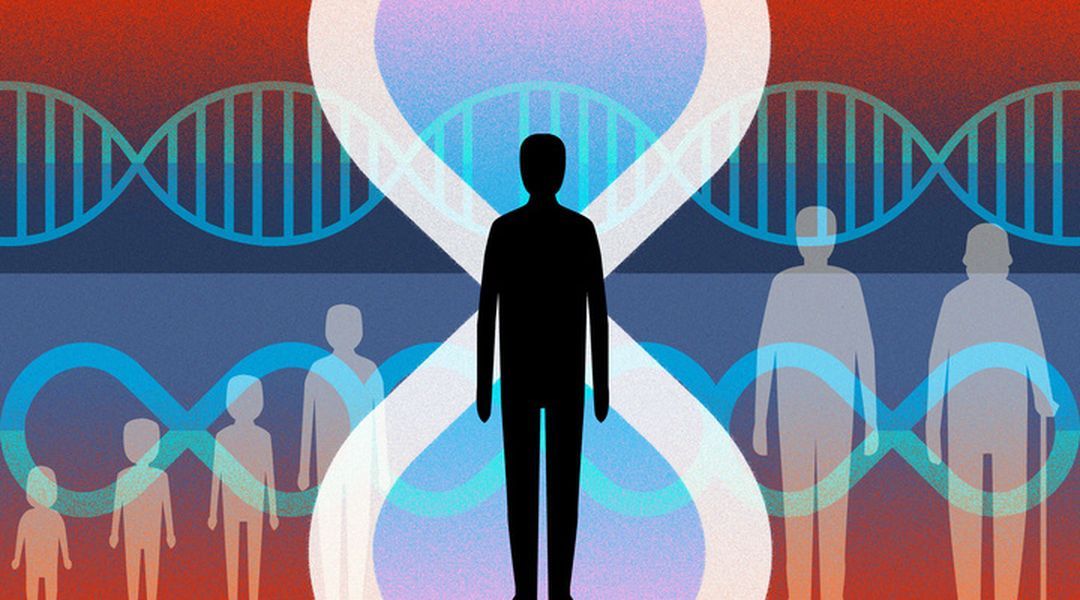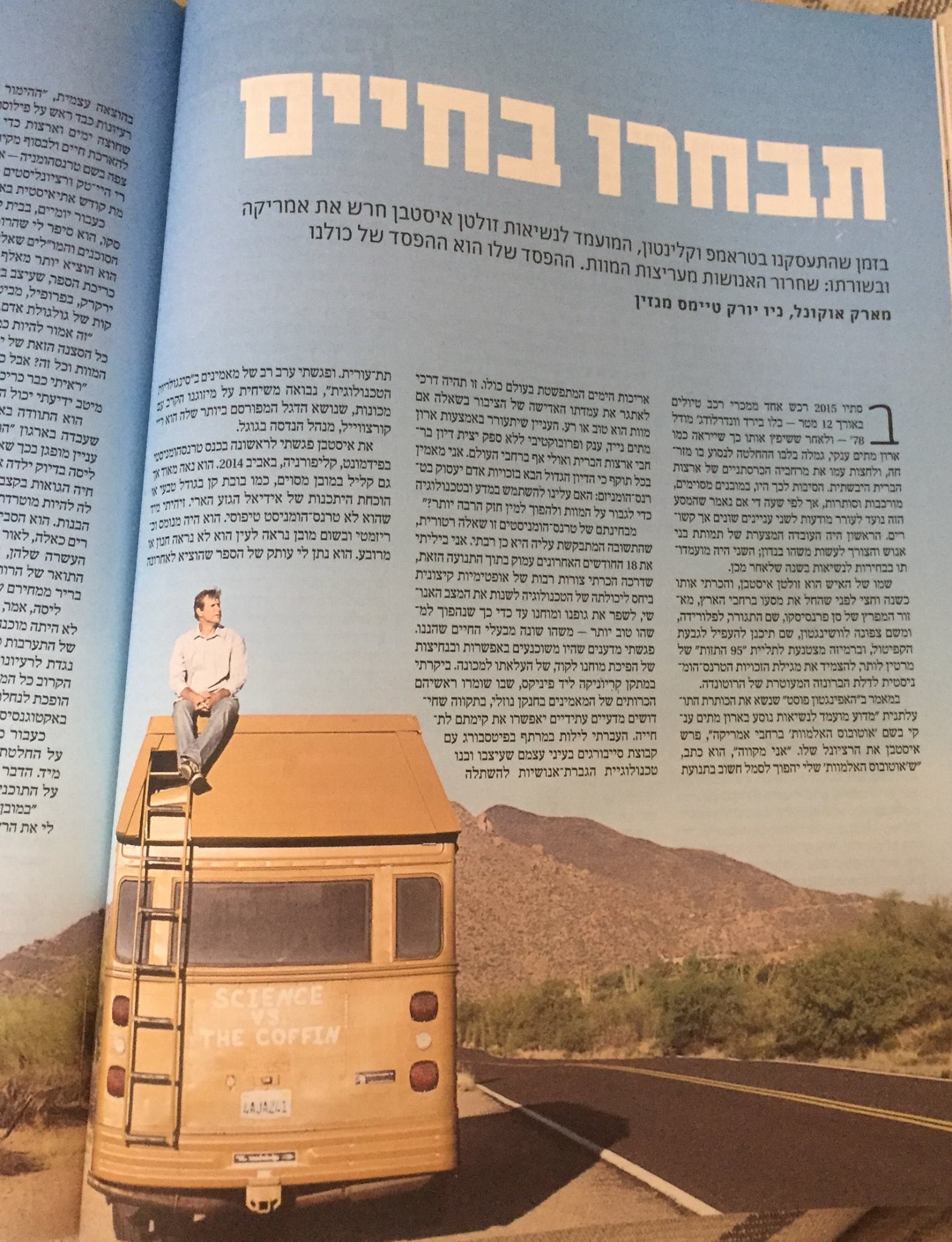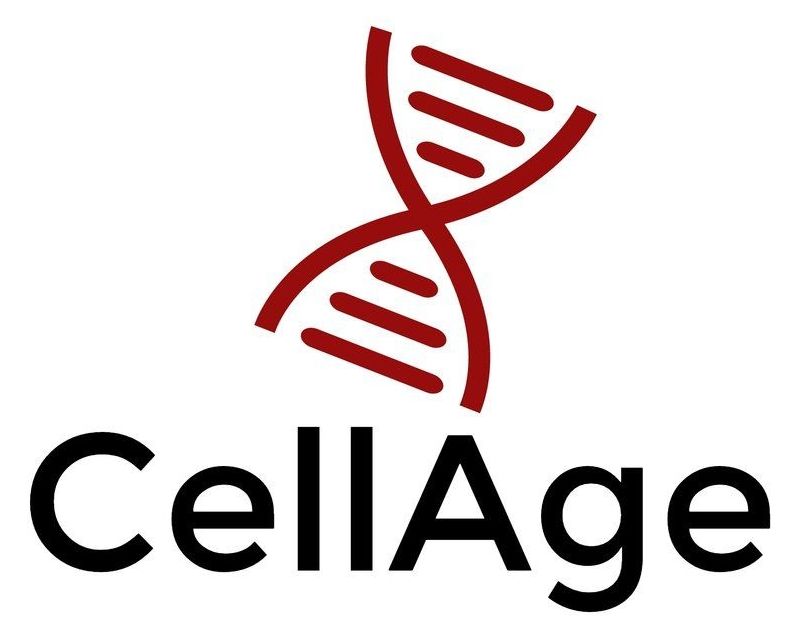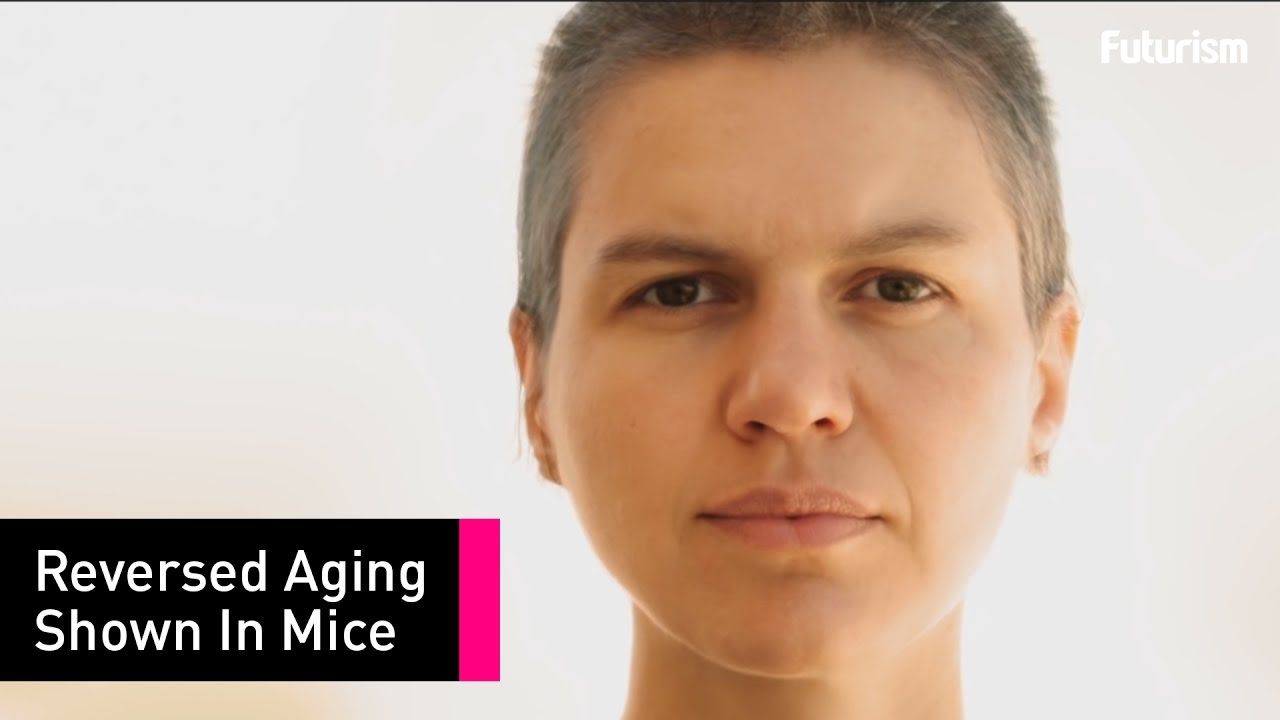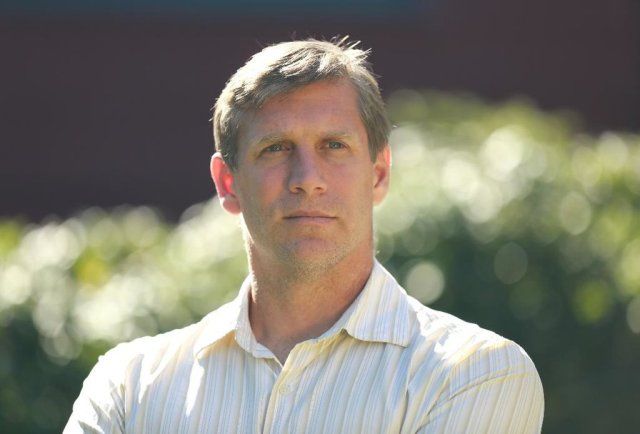A nice new write-up on my governor run: https://humanityplus.wordpress.com/2017/04/24/this-transhumanist-politician-wants-to-be-governor-of-california/ #transhumanism
It’s a good time to be a transhumanist politician. As faith in the political establishment declines, new technologies, from gene editing to artificial intelligence, are transforming our lives faster than ever. The transhumanist author and politician Zoltan Istvan agrees. He thinks the time is ripe for pro-science and technology governance, and for leaders who will embrace the technologies that could fundamentally transform our conceptions of what it means to be human.
Istvan is a maverick who appears to thrive in an ‘outsider’ role. He self-published a sci-fi novel, The Transhumanist Wager, in 2013, which became a surprise bestseller on Amazon. In 2016, he made an unlikely run for US president as the leader of the Transhumanist Party. Now, he’s making a bid for Governor of California in the 2018 election under a Libertarian Party ticket.
As a libertarian, Istvan believes in promoting “maximum freedom and personal accountability,” a sentiment that gels well with his championing of human enhancement technologies and robot and cyborg rights.
Like all transhumanists, Istvan believes in using science and technology to enhance human capabilities and transcend current biological limits. He wants to be smarter, live longer, and eventually merge with advanced technologies to become a posthuman being—one that is impervious, or at least resilient, to aging, and most mortal risks.
Read more
